1. Miami Vice Made Pastels and No Socks Cool for Guys
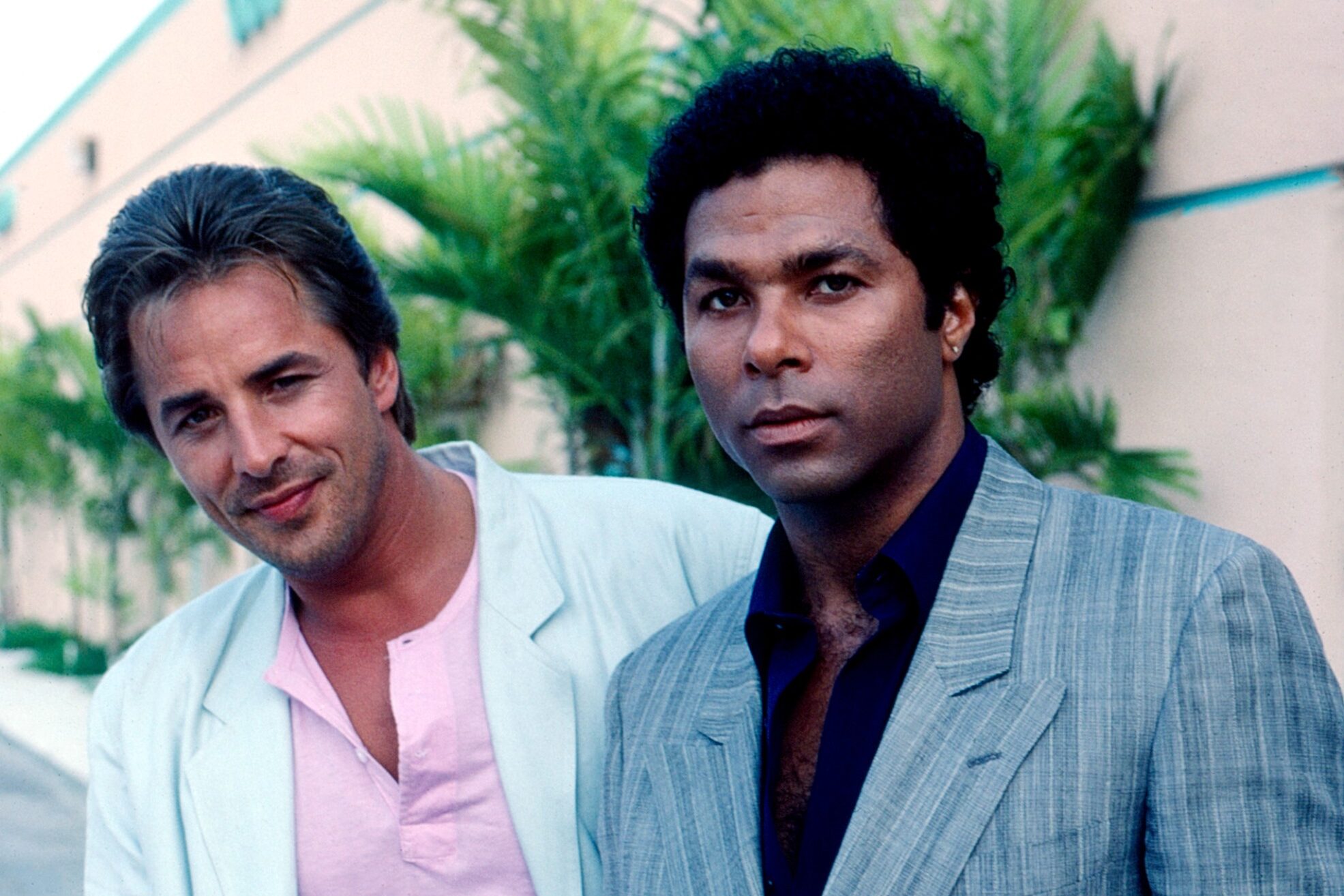
When Miami Vice hit the airwaves, it wasn’t just the crime-fighting duo people were watching — it was their wardrobe. Suddenly, men across America were ditching their traditional suits for pastel blazers, linen pants, and loafers with no socks. Don Johnson’s iconic look turned into a full-on fashion craze that bled into department stores and nightclubs. It was edgy, stylish, and just the right amount of rebellious for the ‘80s shares the Hollywood Reporter.
Fashion designers took note, and soon those soft pinks, baby blues, and light grays were everywhere. Even men who’d never watched the show were unknowingly sporting the “Vice” look. It changed the way people saw men’s fashion — less buttoned-up, more relaxed cool. And admit it, some of us still think about pulling off a white blazer with a t-shirt now and then says Yahoo.
2. Family Ties Helped Redefine Political Conversations at Home
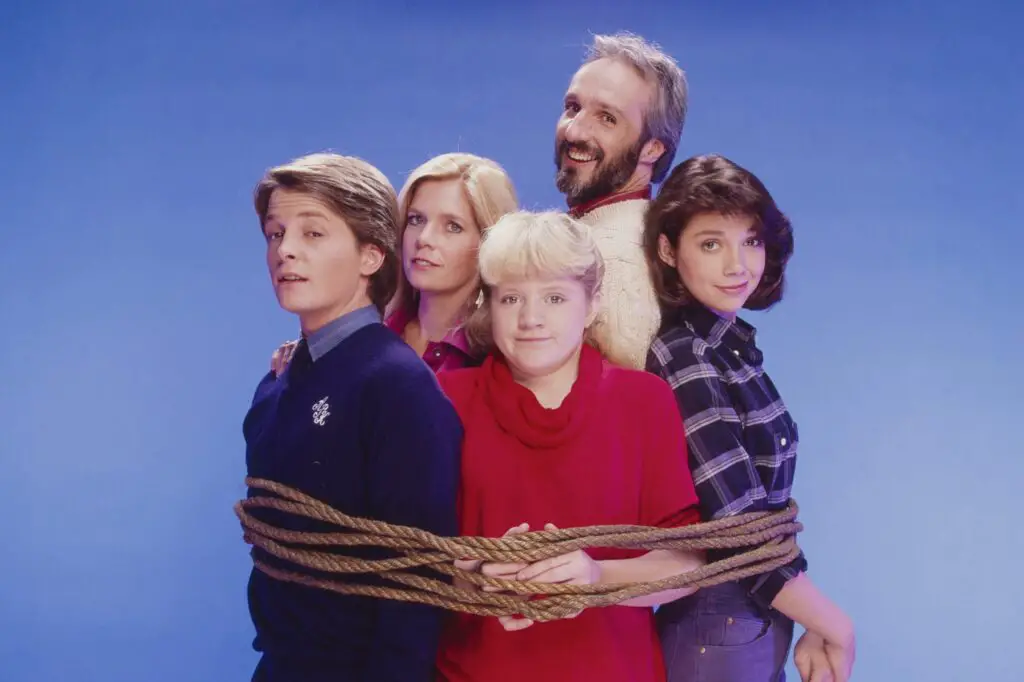
Family Ties flipped the script with a young, conservative son (Alex P. Keaton) growing up in a liberal household. It sparked real-life conversations between parents and kids who suddenly realized they didn’t always see eye to eye on politics. During a decade marked by Reaganomics and shifting values, this show reflected what was happening in living rooms across the country says the Free Press.
Parents were learning to listen more, and teens were learning how to argue their points — thanks to Alex and his briefcase. The Keaton family made it OK to talk politics at dinner, without the whole house blowing up. Some viewers even credit the show with encouraging them to study economics or political science. It made politics less intimidating and a little more personal adds the New York Post.
3. The Cosby Show Changed How Americans Viewed Black Families
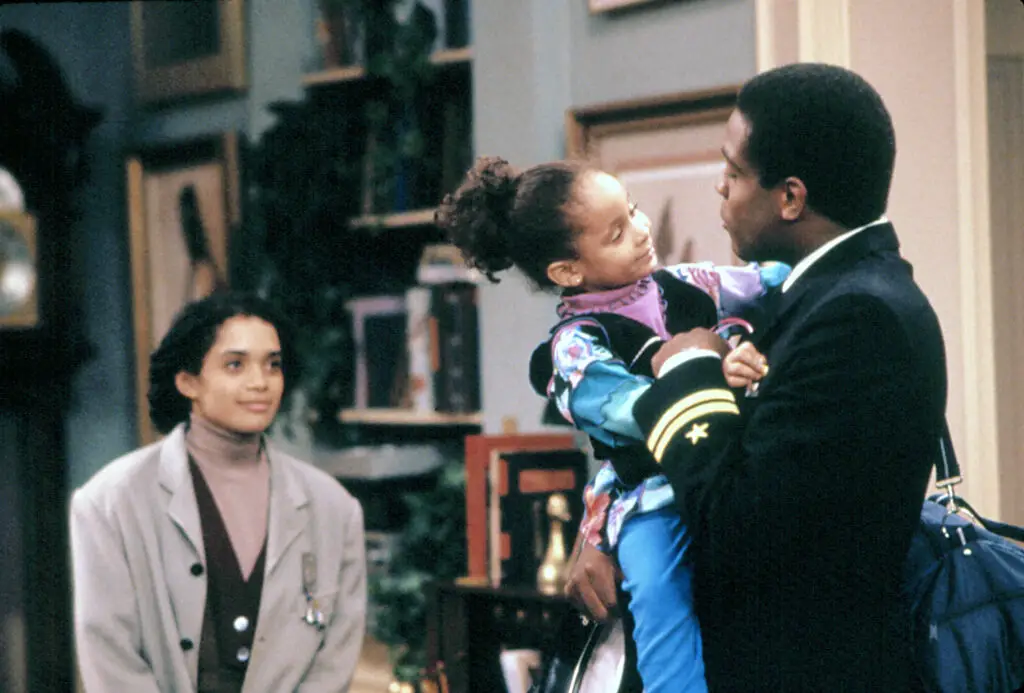
Before The Cosby Show, Black families were rarely shown in such a positive, successful light on primetime TV. Suddenly, America was tuning in to see the Huxtables — a loving, upper-middle-class Black family filled with warmth, humor, and ambition. It wasn’t about stereotypes; it was about showcasing real people with real dreams.
This shift had a ripple effect, influencing everything from advertising to how schools talked about diversity. More Black professionals were being portrayed on screen, and audiences were clearly ready for it. Parents of all backgrounds started thinking differently about representation. Even though the show’s legacy is complicated today, its impact on television and society is undeniable.
4. ALF Made Alien Obsession Go Mainstream
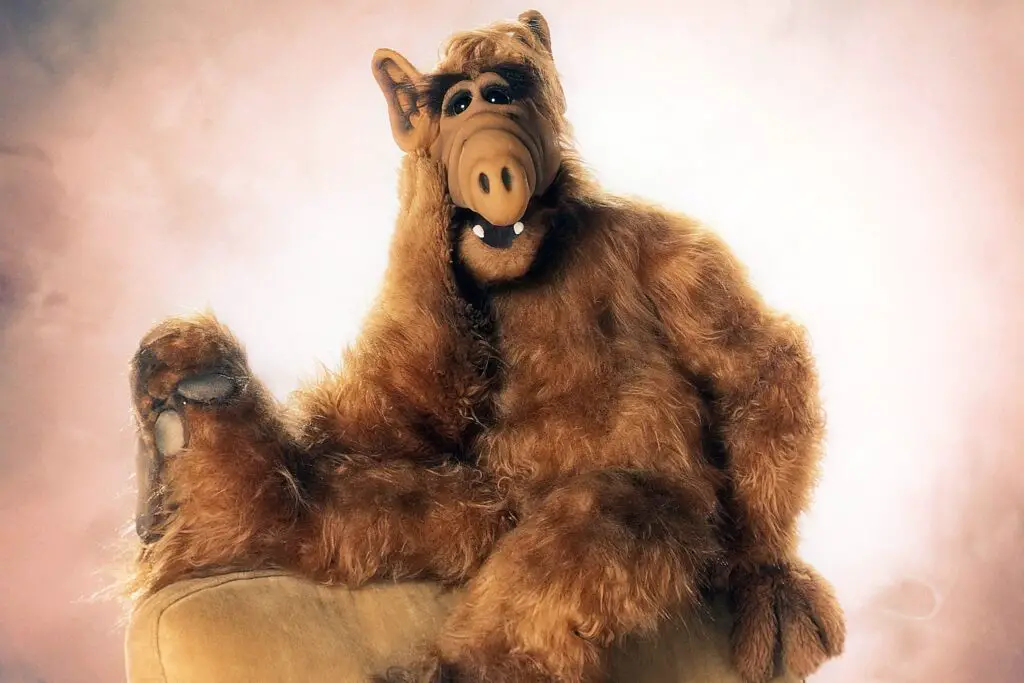
Let’s be honest — ALF was weird. A furry alien who loved eating cats and lived with a suburban family? Yet somehow, it completely captured America’s heart. Almost overnight, alien-themed merchandise exploded in popularity — from lunchboxes to plush toys and even bed sheets.
But more than that, it paved the way for an entire wave of alien-based comedies and dramas. People got really into extraterrestrials again — not in a creepy Area 51 way, but in a “what if he’s just misunderstood?” way. ALF made aliens lovable, not terrifying. It helped soften sci-fi for the mainstream, long before streaming made geeky cool.
5. Knight Rider Fueled Our Obsession With Talking Tech
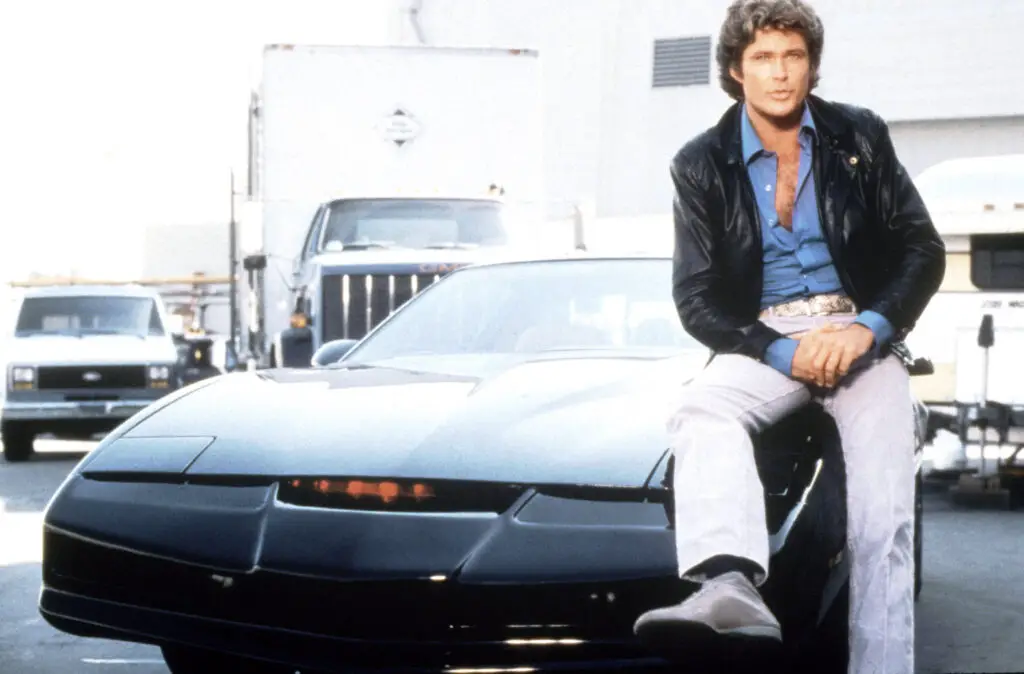
A car that talks and fights crime? Knight Rider brought that to life with KITT, the artificially intelligent Pontiac Trans Am that stole every scene. Kids dreamed of owning a car like that someday, and let’s be honest — many adults did too. It was sleek, it was smart, and it definitely set the bar high for our future tech fantasies.
Years later, you could hear echoes of KITT in everything from GPS voices to Apple’s Siri. The idea that machines could be our sidekicks — not just tools — started here for a lot of people. Tech companies even admitted they took inspiration from shows like this. So, next time your phone answers you, thank Michael Knight and his shiny black car.
6. Cheers Turned the Local Bar Into a Social Hub
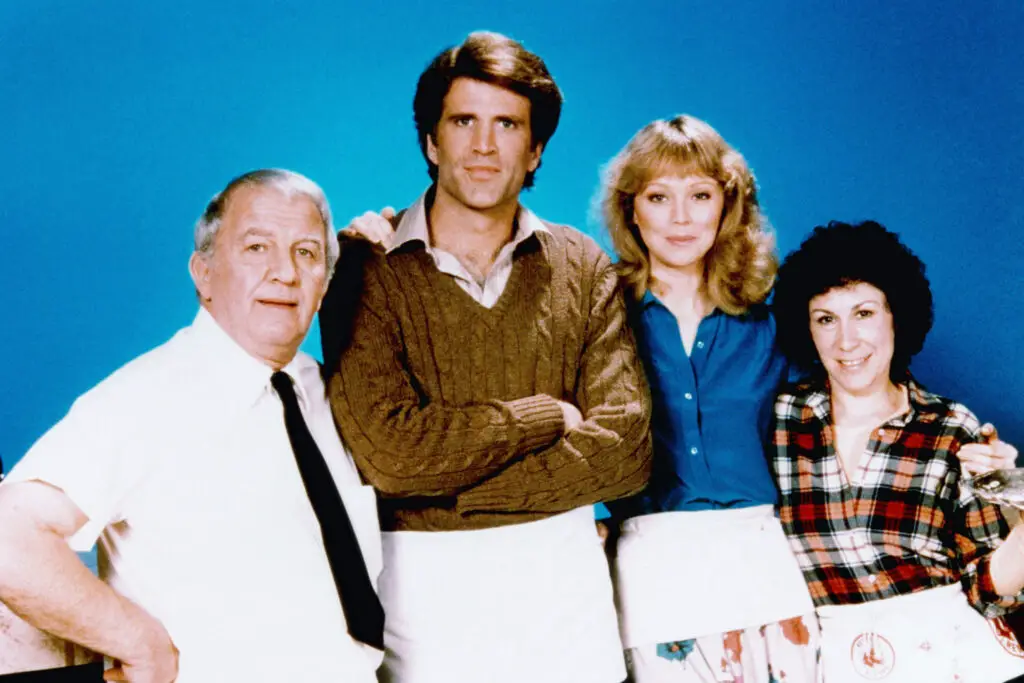
Before Cheers, bars were just places to grab a drink — maybe not even the most desirable places to hang out. But once America fell in love with Sam, Diane, Norm, and the gang, suddenly the idea of a local pub as a second home caught on. People liked the idea of “where everybody knows your name,” and they sought that out in real life.
Bar culture shifted toward being friendlier and more community-focused. Pub-style bars started popping up in suburban areas, not just downtown. Trivia nights and bar games became the norm, partly thanks to the spirit of Cheers. It made bars about bonding, not just booze.
7. MacGyver Inspired DIY Culture and Creative Problem-Solving
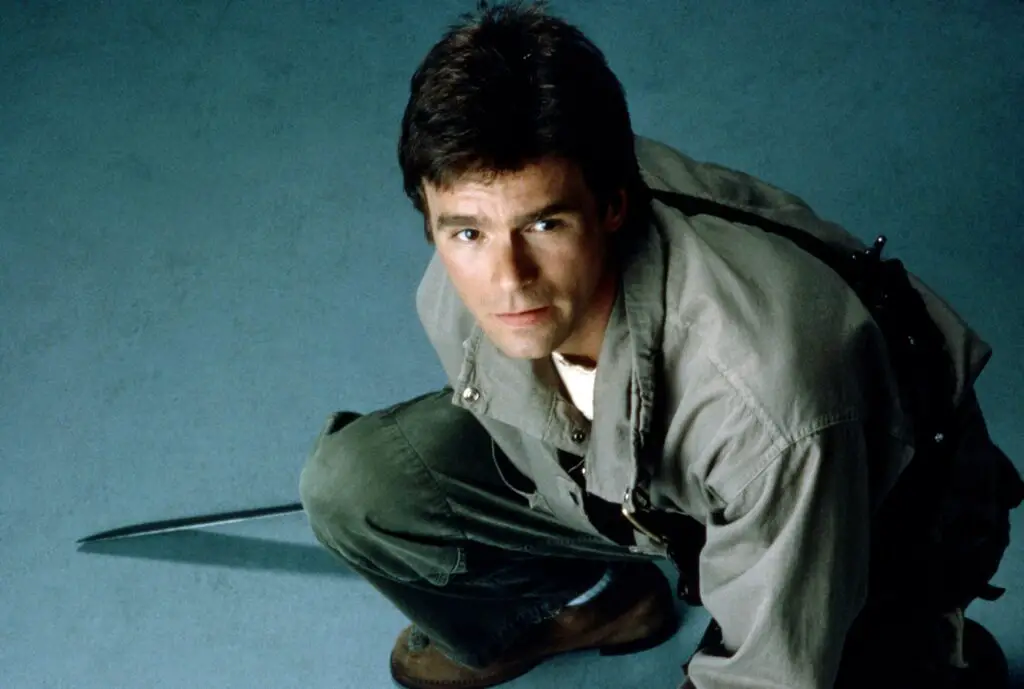
MacGyver could escape a locked room using only a paperclip, a rubber band, and maybe a shoelace. That kind of ingenuity made people look at household items completely differently. Suddenly, duct tape wasn’t just for repairs — it was for innovation.
The show sparked a rise in DIY thinking and even inspired engineers and teachers. It became cool to be resourceful. You didn’t need money or weapons — just brains and a Swiss Army knife. It laid the groundwork for maker culture and even shows like MythBusters. MacGyver made thinking on your feet a form of heroism.
8. Dynasty Helped Normalize Excess and Luxury Living

Dynasty wasn’t just about drama — it was about glam. Those shoulder pads, sprawling estates, and dripping diamonds weren’t just for show; they defined aspirational wealth in the ‘80s. Viewers got a weekly dose of what it looked like to live large, and many wanted a taste of it.
The show influenced everything from wedding styles to interior design. More people started buying knock-off versions of the clothes and decor they saw on screen. Luxury became the goal, even if you were living on a tight budget. It was campy, sure, but it set a gold standard for glamor.
9. Growing Pains Made Family Therapy Feel Less Taboo

While it had its laughs, Growing Pains often tackled serious issues like grief, addiction, and identity. Watching the Seaver family work through their problems — sometimes with the help of professionals — helped normalize therapy. It wasn’t something to whisper about anymore.
Parents and kids began to realize that getting help didn’t mean something was “wrong” with you. It just meant you were human. This shift made its way into real-life parenting books and school programs. Suddenly, emotional intelligence was part of the conversation.
10. The A-Team Turned Vigilante Justice Into Entertainment
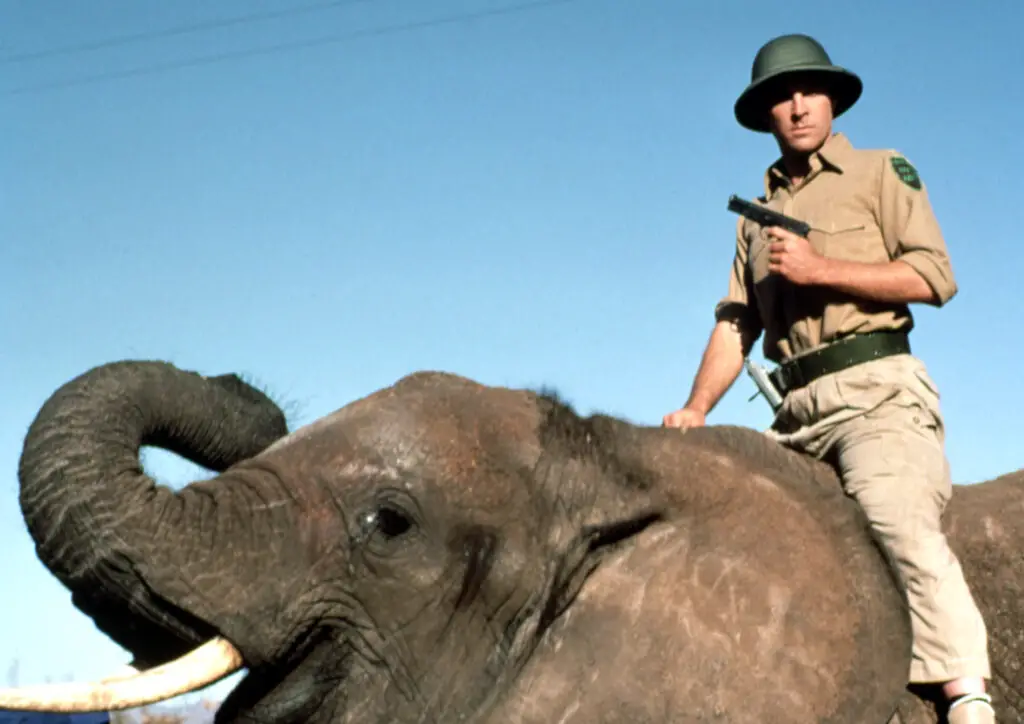
There was something satisfying about watching a group of misfits take justice into their own hands. The A-Team made that idea palatable — even fun. With their over-the-top action scenes and no one ever actually getting hurt, it was a fantasy version of what justice could look like.
This concept influenced video games, action figures, and even how people viewed underdogs. It wasn’t about power, but cleverness and teamwork. The show’s “no-kill” policy also weirdly made it more family-friendly than other shoot-’em-ups. It made rogue justice feel safe and entertaining — a combo that still pops up in media today.
11. Who’s the Boss? Flipped Gender Roles on Their Head
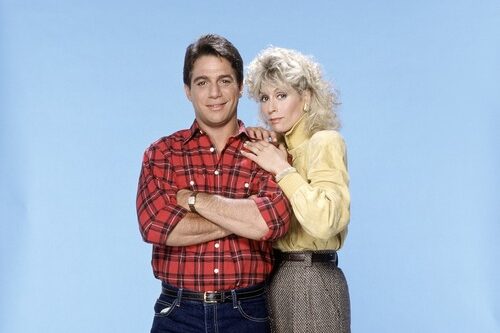
Tony Danza as a male housekeeper and Judith Light as the breadwinning businesswoman? That wasn’t your average TV setup in the ’80s. But it worked, and more importantly, it made people think differently about gender roles.
This switch-up encouraged conversations about equality at home and in the workplace. It showed that men could be nurturing, and women could be in charge — without either being “less than.” It also gave stay-at-home dads a little more representation and respect. It was ahead of its time in ways we didn’t fully appreciate back then.
12. Saved by the Bell Made School Cool Again
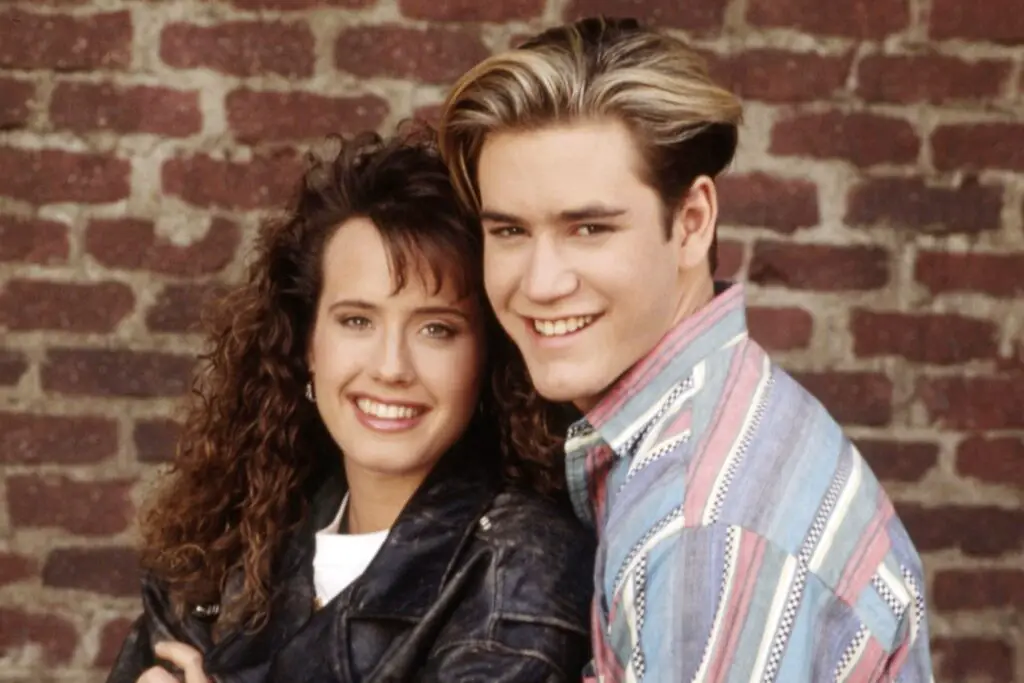
Sure, Saved by the Bell aired mostly at the tail end of the ‘80s, but it still counts. It took the high school experience and made it feel like a fun, slightly ridiculous adventure. Teens related to the characters and started seeing school not just as a drag, but as a place for friendship, drama, and yes, the occasional dance-off.
It even influenced fashion with oversized shirts, acid-washed jeans, and scrunchies making their way into lockers nationwide. The show’s lighthearted take on serious issues also helped schools start important conversations. And who didn’t want a Zack Morris-sized cell phone? It made growing up in school feel like a sitcom we were all part of.
13. Murder, She Wrote Inspired a Boom in Cozy Mysteries
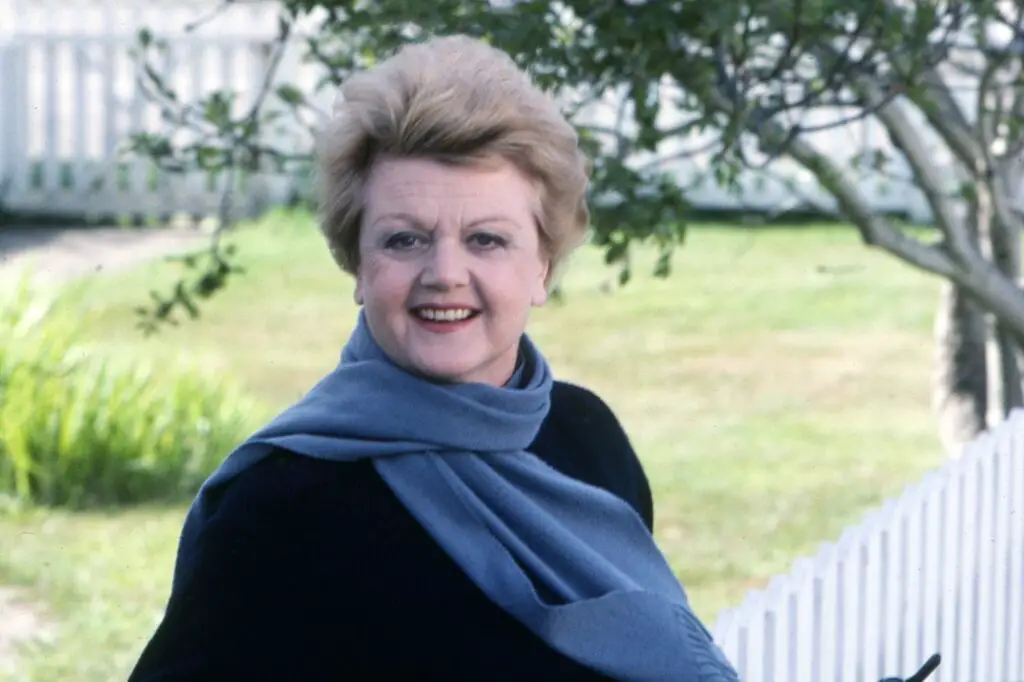
Jessica Fletcher was the queen of the small-town mystery. Murder, She Wrote wasn’t just a ratings success — it created a whole genre obsession. Cozy mysteries started flying off bookstore shelves, especially ones featuring older women solving crimes with a cup of tea in hand.
The show made people realize that crime-solving didn’t have to be gritty or violent to be compelling. It could be clever, charming, and full of character. Cabot Cove became a blueprint for countless fictional towns where no one’s ever safe from the next whodunit. It helped a whole generation fall in love with the idea of becoming armchair detectives.
